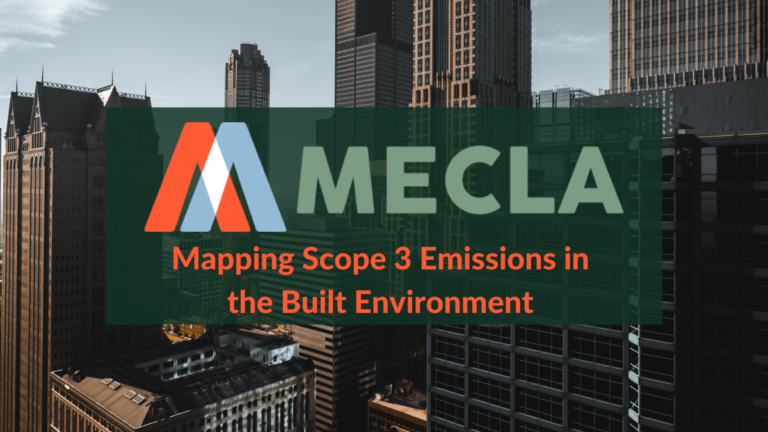
MECLA Spotlight on Mapping Scope 3 Emissions in the Built Environment
There’s a lot of focus on Scope 3 or value chain emissions, which we know are very important if companies wish to fully decarbonise. How do we define what is in and out of scope? The GHG Protocol provides standards, guidance, tools and training for businesses and government to measure and manage emissions across all parts of an organisation’s greenhouse footprint. However, it is complicated and is often by far the largest part of a company’s footprint. Building skills and understanding of what is within a company’s boundary for inclusion, as well as how to support emissions reduction is vital if we are to achieve our ambitious reduction targets.
CEO of the Supply Chain Sustainability School Hayley Jarick sets the scene for why this is an important subject, some learnings along the way, and why collaboration is fundamental to success.
Lendlease has set an ambitious Science Based Target as part their Mission Zero by 2040 program and conducted a major assessment of their Scope 3 footprint boundary for their global operations. They share their assessment and review of what counts as Scope 3 emissions, making this information available to other industry members.
Luca De Giovanetti, Senior Manager Built Environment WBCSD – World Business Council for Sustainable Development based in Europe for the building, construction and power utilities sectors also joins. Luca speaks on global trends as well as the latest on pathways for the built environment.
Speakers:
- Hayley Jarick – CEO of the Supply Chain Sustainability School
- Ann Austin – Head of Sustainability, Lendlease
- Darryl Stuckey – Head of Sustainability Transformations – Environment, Lendlease
- Luca De Giovanetti – Senior Manager Built Environment, WBCSD
Key Takeaways:
- Scope 3 emissions account for a huge portion, roughly 90-95% of emissions for corporations in the built environment. Focusing on up and down stream emissions is crucial to moving the entire industry toward net zero
- Lendlease have sorted what counts in and out of bounds of their scope 3 emissions. They have put everything into three buckets: Measure, Monitor and Exclude. Measure is included, monitor is considered potentially part of future calculations and exclude is left out.
- It is going to be hard to achieve scope 3 reductions, but two crucial things have to happen in order to achieve this. Firstly, we need to decarbonise the hard to abate materials and secondly, we need to digitise and share data on emissions to create transparency and drive the market forward.